|
Last Saturday, a friend and I took our kids to Elmira, NY for an event that combines almost everything I am passionate about: fun, dirt, literacy, and interdisciplinary education. Tedd Arnold, a prolific children's author & illustrator (of Fly Guy and Parts fame), was reading from his recent book, Dirty Gert, at the ribbon cutting ceremony for the new children's sensory trail. Tedd's a great reader, and defines the bigger words so all his audience can follow. To explain what "civilized" meant, he had everyone pretend to hold a tea cup with their pinkies out. (Spoiler alert: Dirty Gert doesn't get civilized, and her parents love her anyway. Yay for happy endings!) All along the short kid-friendly trail, kids follow the pages of the book posted as markers, and there are stations for all the senses and to learn about the plants and animals. I think it's wonderful how the Nature Center thought to link the trail with a story that shows the importance of soil and mocks our civilized repulsion of anything dirty. And by having Gert as the main character, he shows that girls don't need to be more civilized than boys, and gives an alternative to the princess role model. There is also a soil box (not a sand box) at the trail's end, and even a little library on the path. In our educational system, reading, science, and physical education are taught as if they are inherently separate, when really they're about as separate as a mermaid's legs. I'm aware of the challenges of interdisciplinary education at all levels (though I primarily teach teens and adults). It takes more time, more resources (for field trips and speakers), and is harder to test. But it's also easier to teach this way because students are more motivated and interested.
Don't like science? We're going to hear a story. Don't like reading? We're going to hike or to play in dirt. This is also the route toward ecological literacy, our most pressing educational issue. David Orr, who coined the term, says, "the ecological crisis is in every way a crisis of education.... All education is environmental education… by what is included or excluded we teach the young that they are part of or apart from the natural world.” Each of us does not need to know everything. But we need to know that everything is connected and interdependent. And we need to teach this to our children.
2 Comments
It's been a very wet spring, and I keep waiting for the back acres to dry out. I pace at the window. I curse the clouds. Puddles mock me.
Last summer, I was tired of dreaming of snug pre-fab cabins that, if I had the money, I could buy one day and start writing in the next. I have an office that is also my kids' art room—my chaos on one side of the half-wall, their chaos on the other. In some ways, this was lovely. I hate to admit how many of my poems are inspired by things I overhear my kids say. But more and more I found myself wishing for a spare space that was mine, and mine only. A room of my own, as Virginia Woolf, would say. And since I started writing fiction, I figured I deserved one. (Actual quote: "A woman must have money and a room of her own if she is to write fiction.") And though I didn't have money, I did have an idea. And an L. L. Bean catalogue. Any mother who is an artist knows how hard it is to get away from clutter and caterwauls. This is no doubt true of many fathers as well, but in my experience, my husband can tuck away in his upstairs office (that doesn't even have a door) and not be bothered much. But if the kids know I am around--even if my husband is in the kitchen or living room--they holler my name until I emerge like a banshee to ask them what they need. Since I stopped nursing them years ago (they are 7 and 10 years old), what they need is always something Daddy can give them, or answer, or say no to just as well as I can. The day the tent came in the mail, I hefted it back to the space I'd mowed in the meadow, a place carefully chosen for the lack of view of our house or any others. As I started threading poles in sleeves, my children wandered back to watch. "Is this your fort?" my daughter asked. "No, this is my writing . . . Yes, this is my fort. Mama's fort. And no one is allowed unless invited. Understand?" They both nodded solemnly. They knew the rules of forts. "I can make you a sign if you want," my son said. "Like I made for mine." I thanked him and went to grab the folding table and chair. Wow. A fort. Now this was really sounding like fun. Last summer, I woke early, grabbed a big mug of coffee, snatched the bag with my manuscript and laptop, and strolled the short commute to my fort. Zip, I was in. Zip, everyone else was out. Ahhhh. Here the table was always as clear as the air, and I could think. Imagine. Sort things through. That's what a fort is for. I had forgotten. John Muir, one of my hero's, said, "When we try to pick out anything by itself, we find it hitched to everything else in the Universe." Writing outside helps me make sense of my obsessions that seem so random and embarrassing within civilized walls: raising healthy (but dirty) children; teaching students about why and how to get outdoors; trying to get outdoors myself, and with my husband like we used to; gender issues; great books I'm reading (mostly middle grade and young adult novels); writing poetry and my first novel and the very different paths to publication; married life (Hi, Honey!); higher education; odd natural history facts. . . So join me in my fort this summer. Bring your biggest coffee mug, or green tea, or a gin and tonic. And if we can't solve the problems of our day, at least we can laugh at them. But seriously, it has got to dry out so I can pitch the tent. |
LilaceI write, read, recreate, and raise kids in rural Pennsylvania. I teach part-time in Outdoor Recreation Leadership, Creative Writing, and Women's Studies at Mansfield University. Archives
April 2020
Categories
All
|
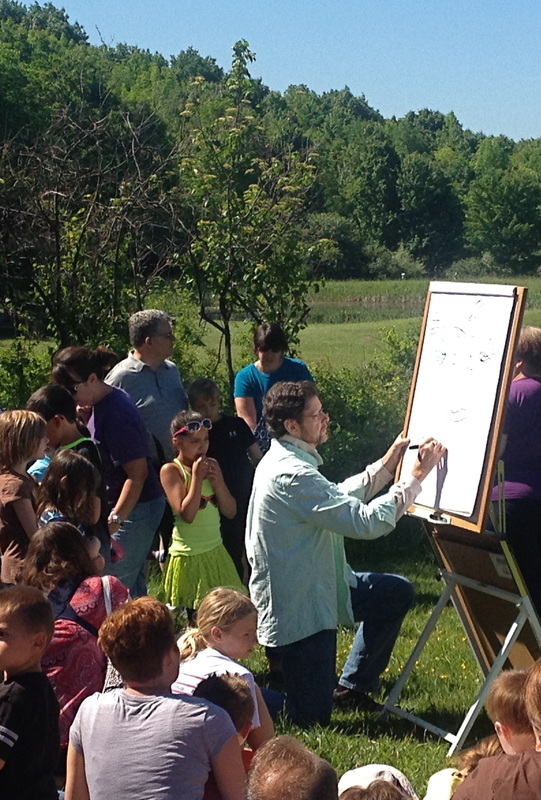
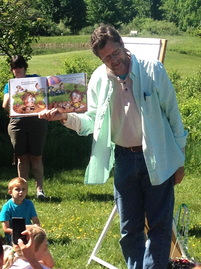
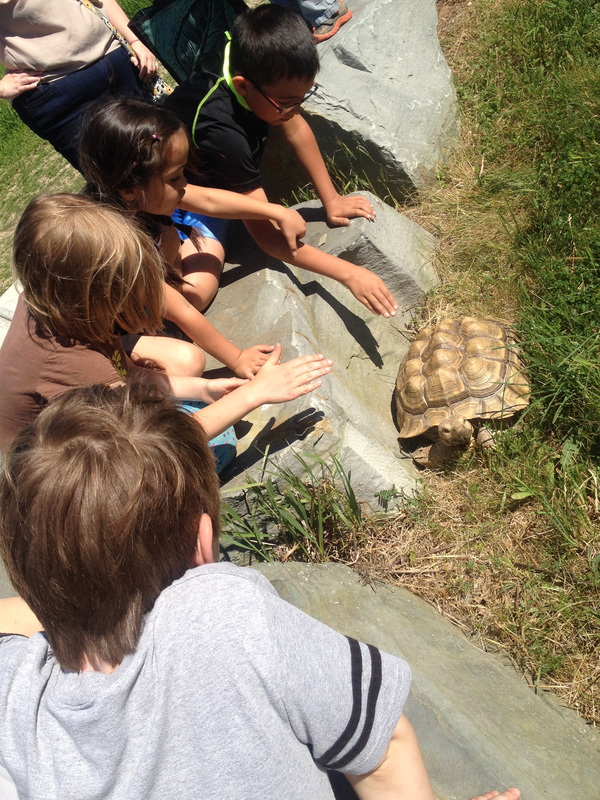
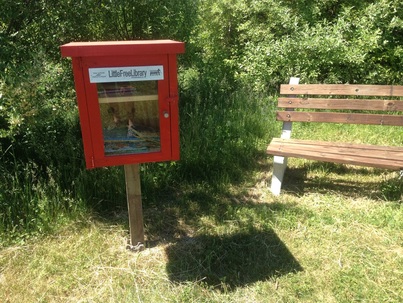
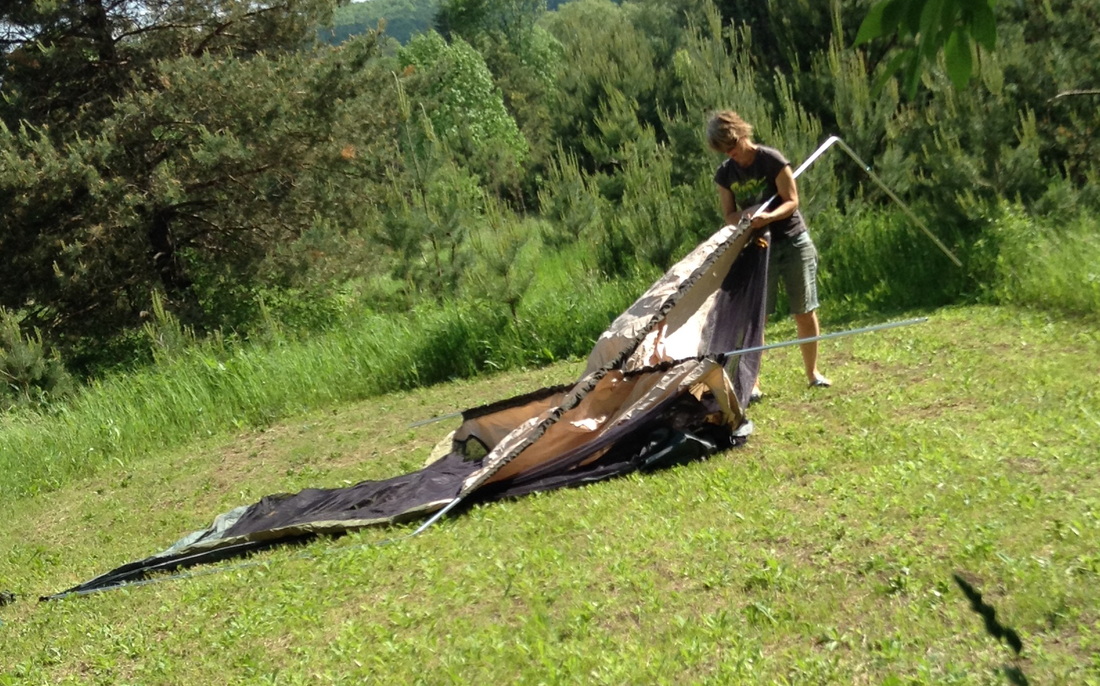
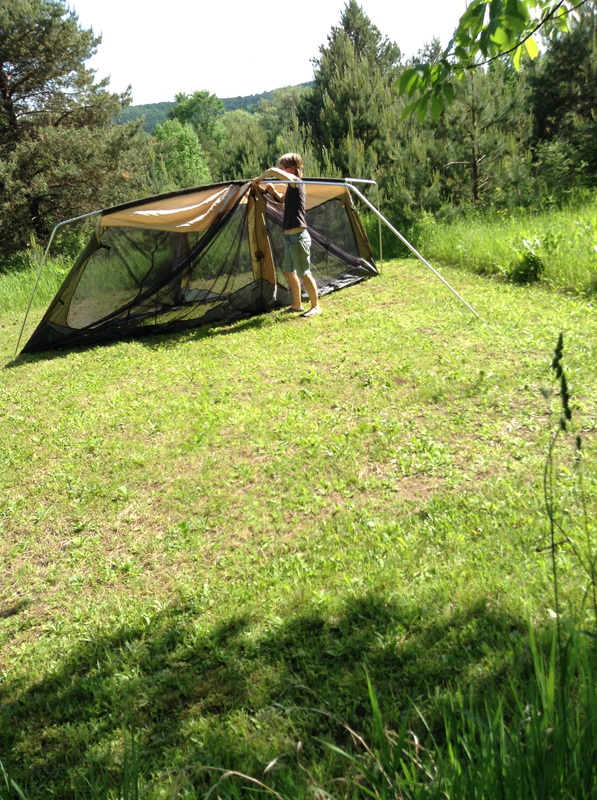
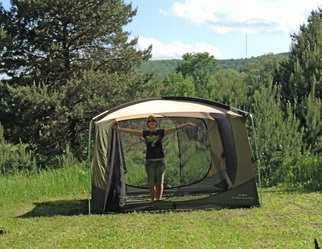
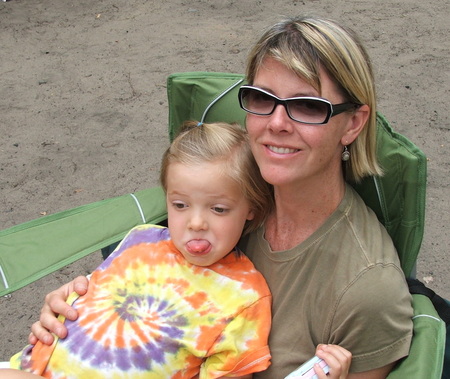
 RSS Feed
RSS Feed
